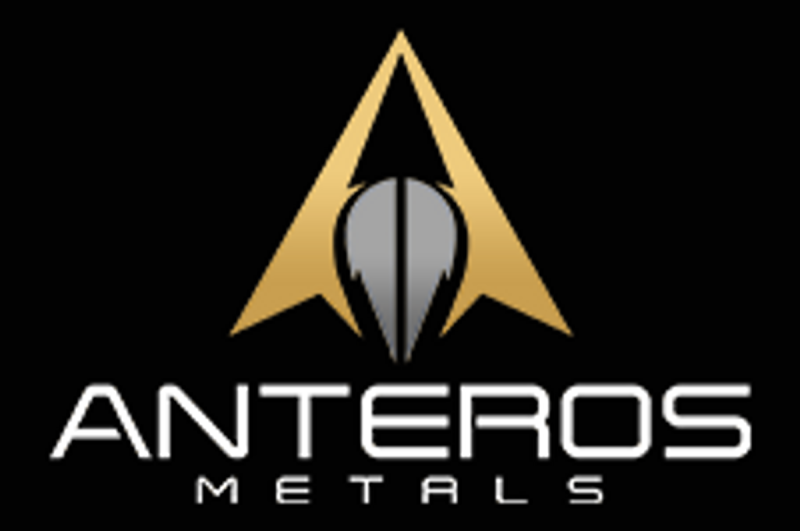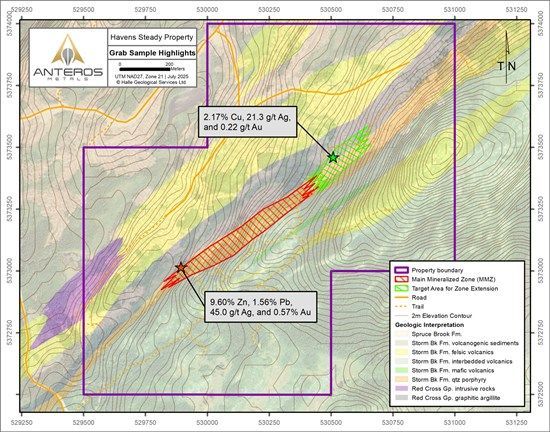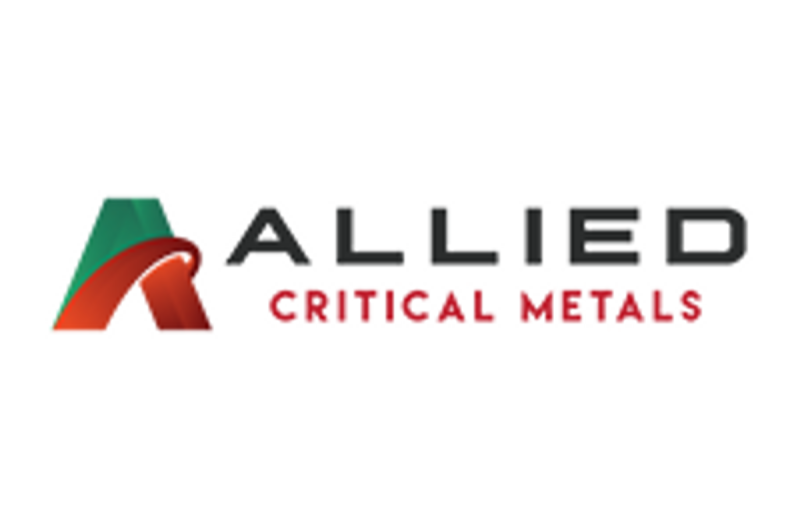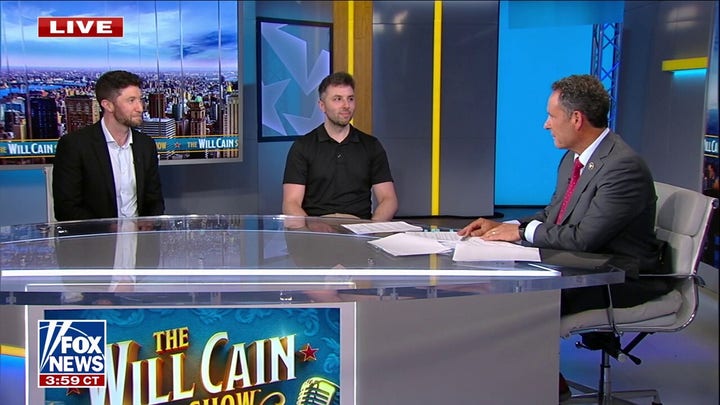

Galan Lithium Limited (ASX: GLN,OTC:GLNLF) (‘ Galan ‘ or ‘ the Company ‘) is pleased to advise that the Comite Evaluador de Proyectos RIGI, responsible for awarding the Argentine Government’s Régimen de Incentivo para Grandes Inversiones (the incentive regime for large-scale investments referred to as the ‘ RIGI ‘), has approved the RIGI for Galan’s flagship Hombre Muerto West (‘ HMW’ ) Project in Catamarca Province, Argentina . Galan now expects to receive official approvals relating to the RIGI in due course.
The RIGI is a landmark investment framework introduced as part of the Government of Argentina’s new economic reform agenda, aimed at encouraging large-scale investment in key sectors, including mining. The RIGI provides long-term certainty on tax and foreign exchange regulations, as well as streamlined permitting, both critical enablers for project financing, efficient construction and operation of the HMW Project over its multi-decade life.
HMW will be only the sixth project to receive the RIGI approval in Argentina and the second in the mining sector, following the recent award to Rio Tinto’s Rincon project.
Managing Director, Juan Pablo (‘JP’) Vargas de la Vega, commented:
‘ This is a major milestone for Galan that will further strengthen HMW’s global competitive position as a future low-cost producer. The RIGI will provide a strategic advantage to Galan and will unlock meaningful long-term value for the people of Catamarca and our shareholders.
The RIGI delivers fiscal stability and operational certainty over the long-term, key requirements for major project financing and execution. It also signals strong alignment between Galan and the Argentine government’s broader vision of accelerating lithium production and economic development.
Galan sincerely thanks the Government of Argentina and the Province of Catamarca for endorsing HMW for official approvals under the RIGI which further substantiates HMW as a significant project in Argentina and globally.’
Key Benefits of the RIGI for the HMW project:
- Reduced Corporate Income Tax: a significant 10% reduction in corporate income tax rate to 25%.
- Fiscal Stability : Certainty around income tax, royalties, and export duties for 30 years.
- Foreign Exchange : Preferential access to currency markets for imports and dividend repatriation.
- Customs & Tariff Exemptions : Reduced barriers for importing critical equipment and materials.
- Accelerated Depreciation : Improved cash flow through tax-effective project development.
About Hombre Muerto West
HMW is a multi-decade, lithium brine project in Argentina with compelling economics. Phase 1 provides for a 4ktpa LCE operation, producing a 6% LiCl concentrate product over a projected 40-year life ( 1 ). Galan expects first Phase 1 production in H1 2026 and has secured an offtake agreement for 45,000 t LCE of production. Beyond Phase 1, the Company will undertake a phased scaling approach, eventually ramping up to 60ktpa at the conclusion of Phase 4. This approach mitigates funding and execution risk and will allow for continuous process improvement.
With a world class resource and a cost profile within the first quartile globally, HMW is a clear demonstration of the benefits of a high-quality lithium brine asset. These benefits are allowing Galan to progress through development and into production with a lower capital intensity and lower risk profile when compared to hard rock lithium (spodumene) projects.
As importantly, lithium chloride is a key component for lithium iron phosphate (LFP) batteries, which have become the dominant battery product globally. With the ability to be cost effectively converted into a lithium dihydrogen phosphate or lithium carbonate, lithium chloride, as will be produced at HMW, is an ideal source for LFP batteries.
The Galan Board has authorised this release.
Please refer to the Mineral Resource Statement for Galan’s Total Resources of 9.5Mt LCE.
( 1 ) Please refer to the announcement dated 3 July 2023 (ASX: Phase 1 of Hombre Muerto West (DFS Delivers Compelling Economic Results for Accelerated Production)). The Company confirms that all material assumptions underpinning the production target continue to apply and have not materially changed.
|
For further information contact:
COMPANY
|
MEDIA
|
|
Juan Pablo (‘JP’) Vargas de la Vega
|
Matt Worner
|
|
Managing Director
|
VECTOR Advisors
|
|
jp@galanlithium.com.au
|
mworner@vectoradvisors.au
|
|
+ 61 8 9214 2150
|
+61 429 522 924
|
About Galan
Galan Lithium Limited (ASX: GLN,OTC:GLNLF) is an ASX-listed lithium exploration and development business. Galan’s flagship assets comprise two world-class lithium brine projects, HMW and Candelas, located on the Hombre Muerto Salar in Argentina , within South America’s ‘lithium triangle’. Hombre Muerto is proven to host lithium brine deposition of the highest grade and lowest impurity levels within Argentina . It is home to the established El Fenix lithium operation, Sal de Vida (both projects are owned by Rio Tinto following its successful acquisition of Arcadium Lithium). Galan also has exploration licences at Greenbushes South in Western Australia , just south of the Tier 1 Greenbushes Lithium Mine.
![]() View original content: https://www.prnewswire.com/news-releases/galan-lithium-limited-incentive-regime-for-hmw-project-in-argentina-302514518.html
View original content: https://www.prnewswire.com/news-releases/galan-lithium-limited-incentive-regime-for-hmw-project-in-argentina-302514518.html
SOURCE Galan Lithium Limited

News Provided by PR Newswire via QuoteMedia































 Blackstone Minerals (BSX:AU) has announced Blackstone Completes Share Purchase Plan
Blackstone Minerals (BSX:AU) has announced Blackstone Completes Share Purchase Plan

 International Graphite (IG6:AU) has announced Comet share sale and debt repayment
International Graphite (IG6:AU) has announced Comet share sale and debt repayment